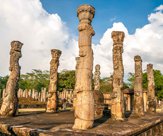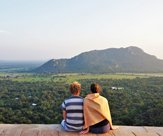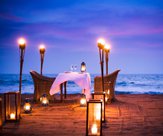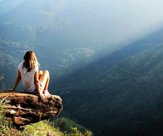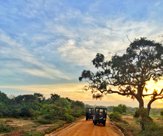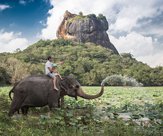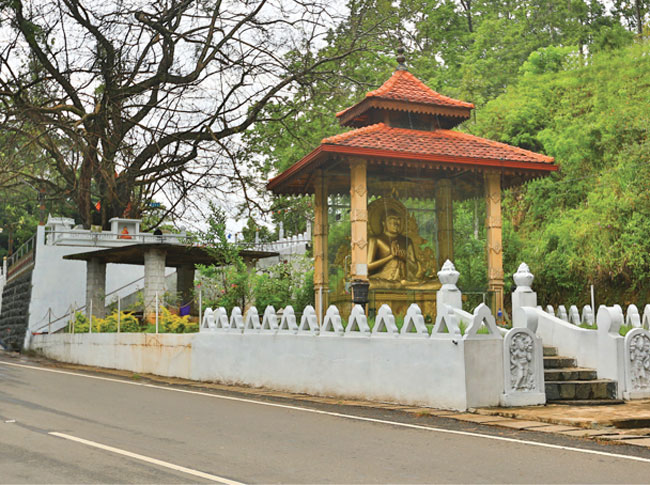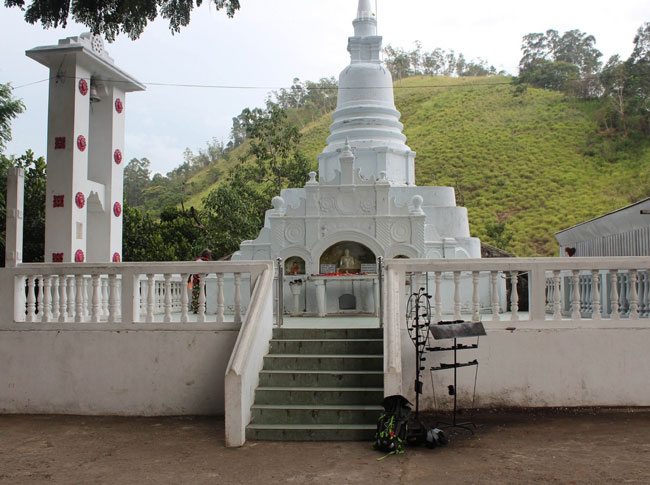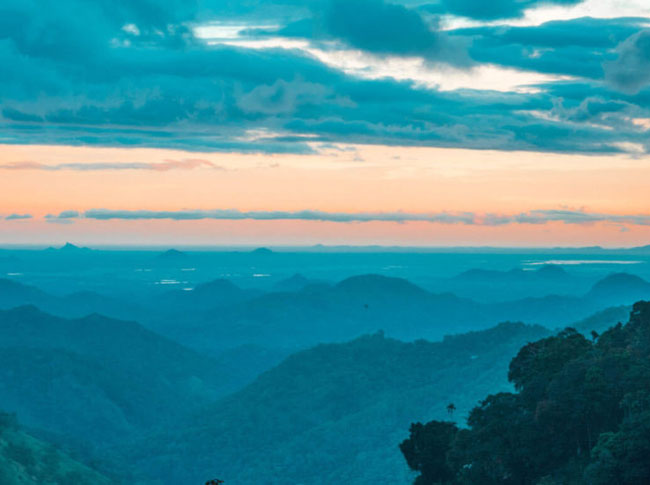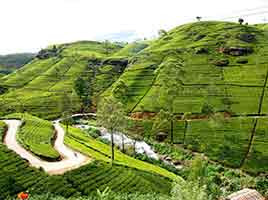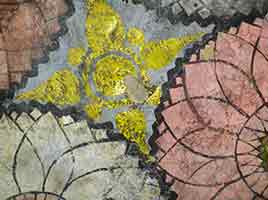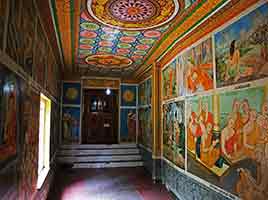Overview
Located in the village of Dhowa on the Badulla – Bandarawela main road, the Dhowa Cave Temple Bandarawela (also known as Dowa Rajamaha Viharaya) is famous for the beautiful paintings and sculptures that adorn its rock walls. Located at the bottom of a hill and close to a picturesque stream, it is one of the major attractions in the Bandarawela area. The distance from Colombo is about 210 km to the east and approximately 120 km to the south of Kandy.
History of Dhowa
According to archaeological analysts the Temple may be over 2,000 years old, which means its history extends ‘Before Christ’. In those days it was known as the Kumbaltissa Ariyagala Vehera, named after the chief priest who is supposed to have given refuge to King Walagamba in the cave. It is believed that some of the paintings were the work of King Walagamba himself during his time of hiding in the caves to avoid foreign invasions. In fact, one of the statues is incomplete, and the general belief is that the King left these caves before he could conclude his work on it.
Special attractions at Dhowa Rock Temple
One is greeted at the Temple by a large ornamental gateway, which has become one of its distinguishing features. Passing through it one sees a Stupa which appears to be quite a recent construction. A Bo tree towers above the premises in front of the ‘Gal Vihara Geya’ and there is a pond of natural water close to it. The ‘Gal Vihara Geya’ (Image House) is inside a rock cave, the interior of which rises to a height of about 12 feet.
Another special feature of the Dhowa Rock Temple is the 38 foot Buddha statue. This image, though incomplete, is hewn out of a rock cliff and is an example of Mahayana iconography.
The Dhowa Temple’s shrine room is full of beautiful paintings influenced by Kandyan art. Several ‘Jathaka Stories’ (Folk Tales) illustrating instances from past lives of the Buddha have been depicted here. The canopy of the cave is also a beautiful sight to behold as it abounds with painting of Lotus and other flowers together with symbols of the astrological chart. Also featured along with the flowers is a graphic example of a battle between a tusker and a bull known as the “Ath-Gon Satana”.
It is also interesting to note that the Cobra has been given much prominence amongst the images to be seen at Dhowa. In addition to appearing in the paintings the Cobra image is also found on the jug that is used for serving water to the Buddha.
The legendary secret tunnel of the Dhowa Temple still remains a mystery. It was supposed to have been used by King Walagamba as a means of escape, but this story is yet to be proved true. Even to this day no one is permitted to enter this tunnel.

